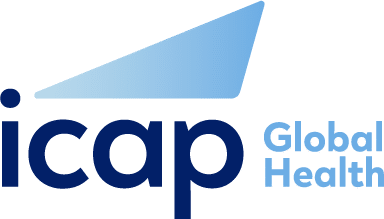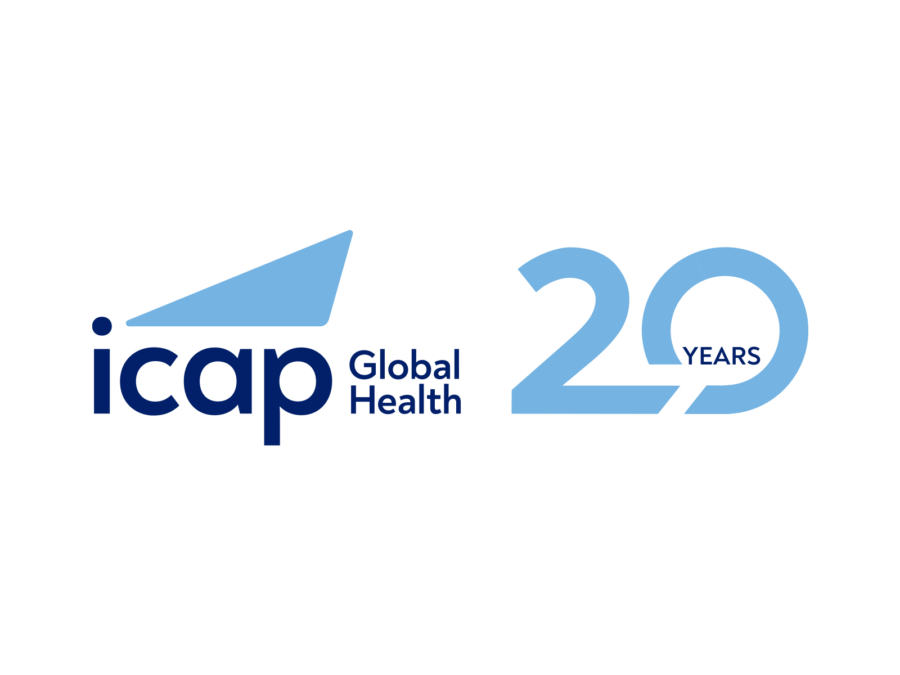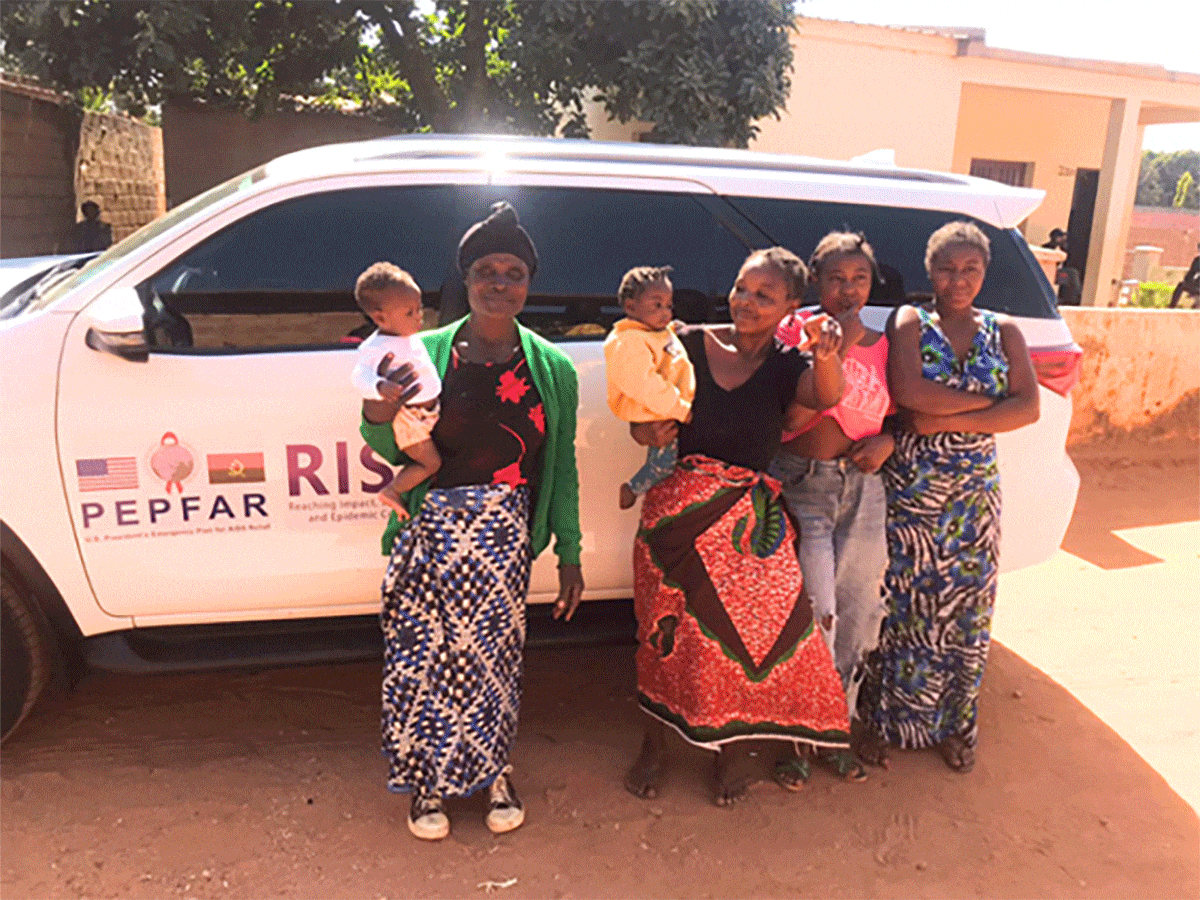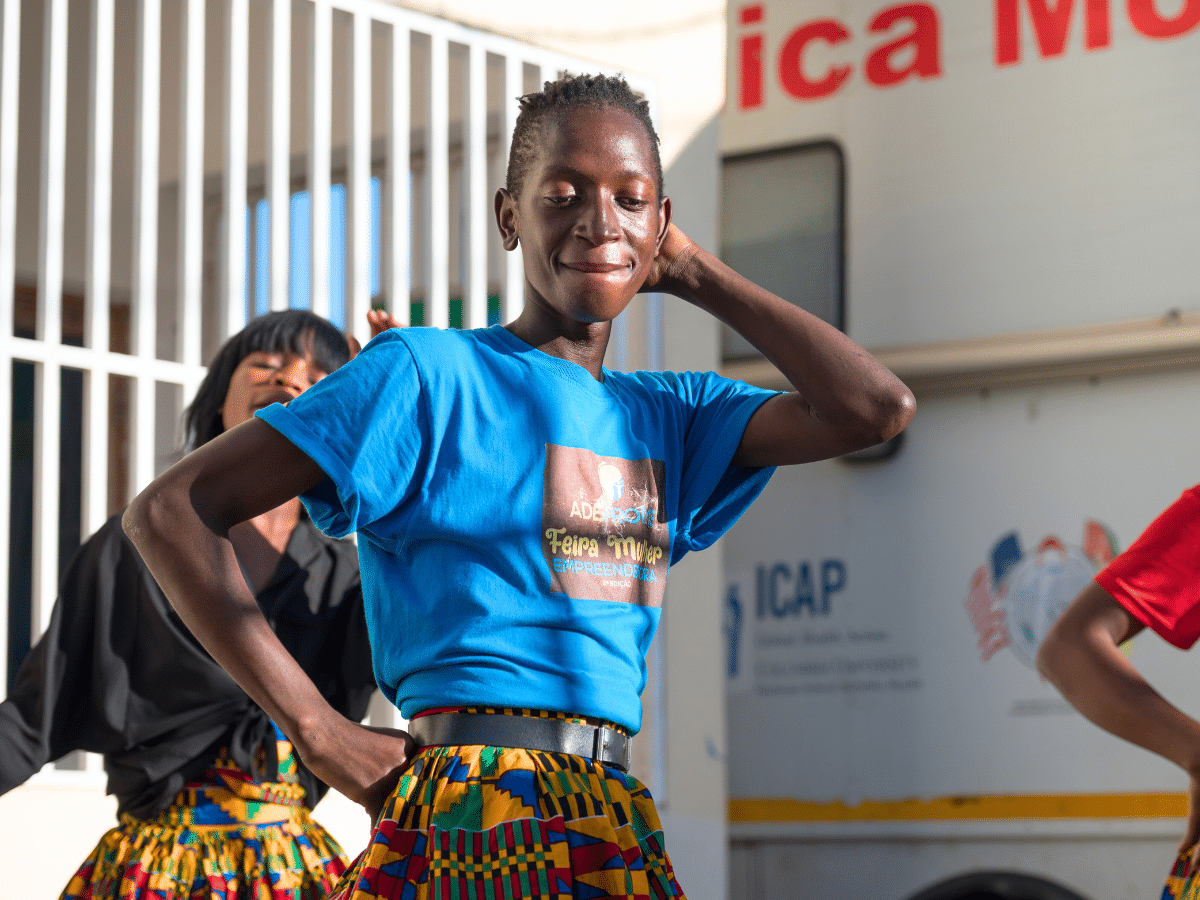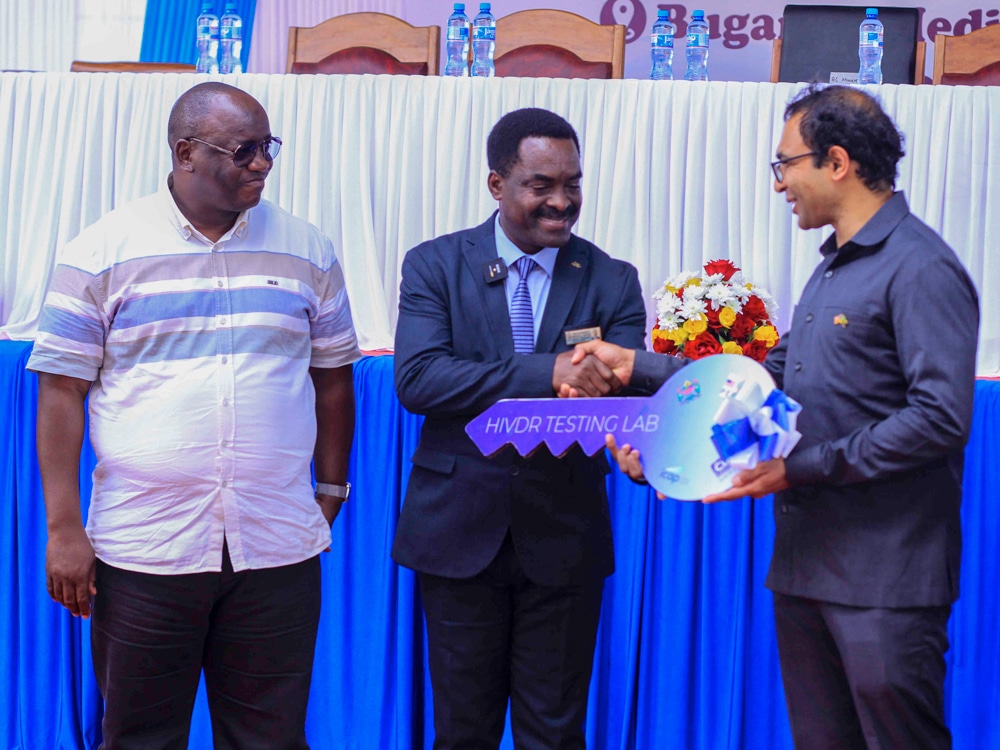A young father in Nyanza Province, Kenya had been apprehensive about informing his seven-year-old daughter that she is HIV-positive. Like many parents, he had been putting off a difficult yet essential conversation.
“Before today, he told her that the doctor visits and pill regimen would help ward off another bout of malaria,” said Kevina Simiyu, a pediatric clinical officer. “It’s incredibly difficult, so it’s common for parents to tell children something else is wrong.”
During a recent visit to a local hospital, the father’s decision to inform his daughter of her HIV status emerged from the counseling and support he’s gotten from health care workers.
Despite the challenge of HIV disclosures involving children, disclosures are becoming more frequent. In Kenya, where an estimated 190,000 children are living with HIV, this is an indication that multifaceted and aggressive efforts to identify HIV-positive children and improve their health outcomes, are working. But disclosures are just one of the many areas where ICAP has been working to improve HIV care and treatment for infants, children, and adolescents.
Because of the Accelerating Children’s HIV/AIDS Treatment (ACT) Initiative, critical areas including case finding, treatment initiation and clinical and psychosocial support to children and families with HIV, once limited in Kenya, have become more commonplace.
Last year, with funding from PEPFAR and the Children’s Investment Fund Foundation, ICAP and Kenya’s Ministry of Health began working together to implement the ACTInitiative, and rapidly expand children’s access to HIV care across Kenya’s Eastern South and Nyanza provinces to ensure that infants, children, and adolescents are identified, tested for HIV, connected to care, and receive treatment.
Shifting the Culture around Pediatric HIV
Historically, health care for children in Kenya has focused on immunizations and screening for tuberculosis and other infections and HIV testing and counseling efforts were geared towards older patients. There were also many of assumptions among health care workers about eligibility—when children could be tested for HIV and if they needed consent from their parents.
“With ACT, we increased advocacy to focus on children,” said Carolyne Ng’eno, ICAP’s senior implementation officer for ACT in Kenya. “We reached out to key leaders in the community, we trained health care workers, and we outreached to families directly in the communities.”
With the ACT Initiative, all hands are on deck.
Beginning in 2015, hospital staff and community volunteers went door-to-door to locate children. Teams comprising of the mobilizers and counselors did the outreach. Individuals identified as positive would be linked to the nearest health facility for enrollment. There the children encountered some of the over 200 health care workers especially trained to meet their unique needs.
“There was a time when we weren’t finding that many positive children,” said Joan Thiga, ICAP’s senior monitoring and evaluation officer for ACT in Kenya. “We wondered if they were really out there?”
But they kept pushing, uncovering new ways to reach infants, children and adolescents.
Project leaders were buttressed by recent changes in the Kenya’s guidelines, which shifted the age of consent for HIV testing from 18 to 15 years of age. This broke down one of the major barriers to reaching elusive adolescents. Young people once estranged from health care were, for the first time, entrusted to make decisions about their own health. Adolescents once reluctant to seek treatment for fear of stigma from family and members of the community now had a place to go and maintain anonymity.
A Room of Their Own
Modeled after ICAP’s adolescent HIV package of care, Kenya’s National AIDS and STIControl Program developed a structured approach to improve communication and counseling skills, adolescent mental health evaluations, and sexual and reproductive health programming.
Central to those changes was the start of adolescent-friendly services. ICAP restructured patient services at facilities to have designated days when only adolescents are seen by health care providers.
ICAP also trained more than 60 adolescent peer educators who provide one-on-one support and lead support groups of other HIV-positive young people. These peer workers also interact with health care staff, giving them unique perspectives not often found in trainings and sensitization sessions. Health care workers once nervous about working with adolescents now rely on the peers to enhance their strategies and improve communication.
“We are working together as a team,” says Jackson Onsarre, clinical pediatric officer in Siaya County. “I have a greater sense of the challenges of growing up with HIV and I think that makes me a better health care provider.”
Since the project began, HIV services for adolescents have been launched at over 125 ICAP-supported health facilities in Eastern South and Nyanza provinces.
Teamwork Makes the Dream Work
Ms. Simiyu’s supervision of the HIV disclosure to the young girl is a metaphor for Kenya’s new approach to pediatric HIV—everyone has a seat at the table, especially children. Children and their families, an integrated and well-connected health care system, and exceptionally trained health care workers come together to share information and devise a way forward. Everyone has some responsibility.
In addition, a structured mentorship program targeting pediatric and adolescent care is key towards adopting a child-friendly, child-centered approach to their issues. Health care workers have grown to change their perception of pediatric HIV care through intensive mentorship, data reviews, and monthly review meetings focusing on pediatrics and adolescent care.
The results of this multifaceted approach are evident.
A year before the ACT Initiative, just over 8,500 children were tested for HIV in Kenya and 150 positive children were identified per month at ICAP-supported facilities. After ACT, that number rose to over 40,400 children and adolescents tested and over 330 positives per month. Over 91 percent of those found positive were linked to care.
According to Dr. Elaine Abrams, ICAP’s senior research director and an expert and clinician in pediatric HIV, these numbers are only part of the picture.
“HIV services for children and adolescents are more holistic and everything is connected,” says Dr. Abrams, principal investigator of the ACT Initiative in Kenya. “We’ve established a strong platform to provide the essential services that children and families with HIV deserve.”

